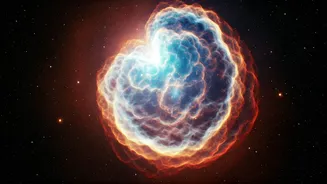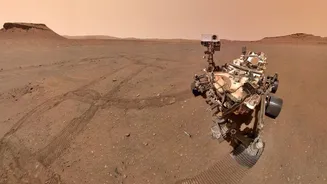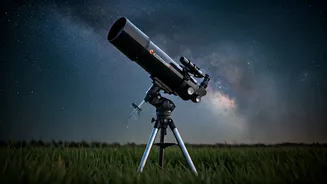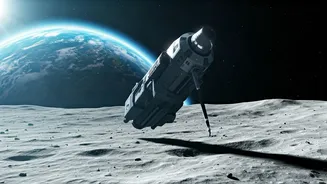NASA Mission Mania
NASA, the National Aeronautics and Space Administration, has spearheaded countless missions to explore the cosmos. One of the most iconic is the Apollo
program, which successfully landed humans on the Moon. Think about the Artemis program, designed to land the first woman and first person of color on the Moon. These missions have collected vast amounts of data and imagery, helping scientists to understand the Moon's geology, its potential for resources, and its role in the early solar system. Then there's the ongoing work on the International Space Station (ISS), a collaborative effort involving multiple nations. The ISS serves as a laboratory for conducting research in a microgravity environment, allowing scientists to study the effects of space on humans, materials, and various biological processes. These achievements required many scientists and engineers to work on them. The contributions of each of these space missions have expanded human knowledge and capability in space exploration.
Celestial Body Challenge
The universe is filled with fascinating celestial bodies, each with unique characteristics and properties. Planets, for instance, are the major building blocks of the solar system, which includes objects like Earth, Mars, and Jupiter. The gas giants, like Jupiter and Saturn, are composed mostly of hydrogen and helium, while the inner, rocky planets are smaller and denser. Comets, often called "dirty snowballs," are icy bodies that release gas and dust as they approach the sun, forming a visible tail. Asteroids, on the other hand, are rocky remnants from the early solar system, primarily found in the asteroid belt between Mars and Jupiter. Then there are nebulae, vast clouds of gas and dust where stars are born. These nebulae often display beautiful colors and shapes, making them some of the most stunning objects in the night sky. Each of these celestial bodies offers unique opportunities for observation and study, deepening our understanding of the universe.
Constellation Crossroads
Constellations have played a pivotal role in human history, aiding navigation and storytelling. Ancient civilizations relied on these patterns of stars to navigate the seas, mark the seasons, and pass down myths and legends. One of the most famous constellations is Orion, the Hunter, characterized by the bright stars Betelgeuse and Rigel, as well as Orion’s Belt. The Big Dipper, part of the constellation Ursa Major (the Great Bear), is used to locate Polaris, the North Star. Different cultures have seen different shapes within these star patterns, each with its own stories. For example, the Greeks saw a hunter, while some indigenous cultures saw them as animals or celestial beings. To effectively identify constellations, understanding star brightness (magnitude) and relative positions is essential. Whether you're a seasoned stargazer or a newcomer, exploring constellations provides a window into our relationship with the cosmos.
Eclipse Extravaganza
Eclipses are awe-inspiring celestial events where one celestial body obscures another. There are two primary types of solar eclipses: total and partial. In a total solar eclipse, the Moon completely covers the Sun's disk, revealing the Sun's corona—its outer atmosphere. In a partial solar eclipse, the Moon covers only a portion of the Sun. Lunar eclipses occur when the Earth passes between the Sun and the Moon, casting the Earth's shadow onto the Moon. These events give rise to different appearances, from a fully darkened Moon (total lunar eclipse) to a partially shadowed one (partial lunar eclipse). Observing eclipses requires caution, especially when viewing a solar eclipse; special eclipse glasses or projection methods are essential to protect your eyes. Eclipses provide crucial opportunities for studying the sun's corona and the Earth's atmosphere.
Exoplanet Exploration
Exoplanets, or planets orbiting stars other than our Sun, represent a frontier in space exploration. Scientists use various methods to discover these distant worlds. The transit method detects exoplanets by observing the slight dimming of a star's light as a planet passes in front of it. The radial velocity method measures the wobble of a star caused by the gravitational pull of orbiting planets. Some notable exoplanets include Kepler-186f, one of the first Earth-sized planets found in the habitable zone of its star. Researchers are also actively searching for potentially habitable exoplanets, which are planets located in their star's habitable zone—the region where liquid water could exist on the surface. Understanding the composition and atmospheres of these planets is a primary focus for future missions, with the ultimate goal of determining if life exists elsewhere in the universe. This field of study is one of the most dynamic and exciting in astronomy.













